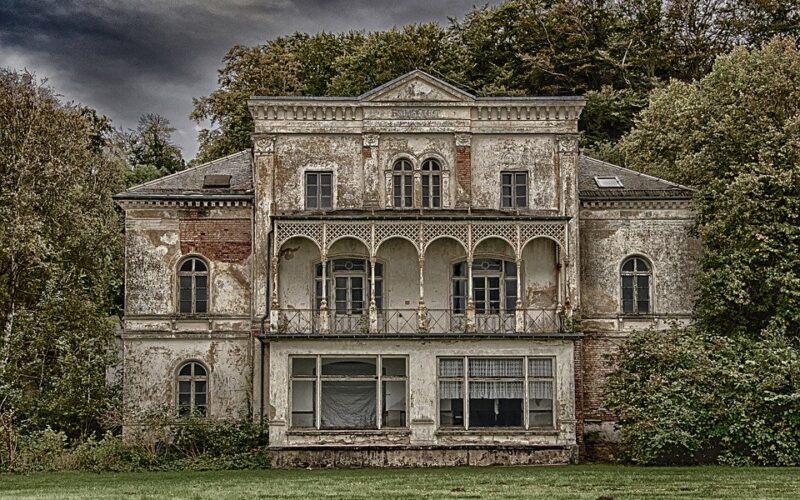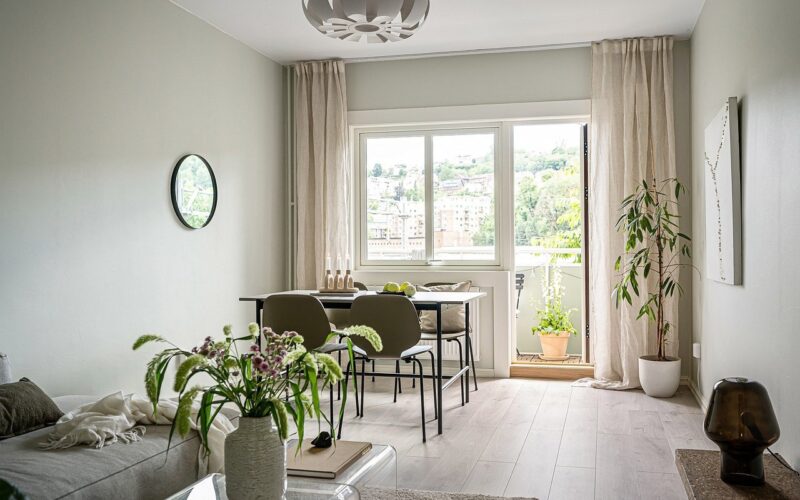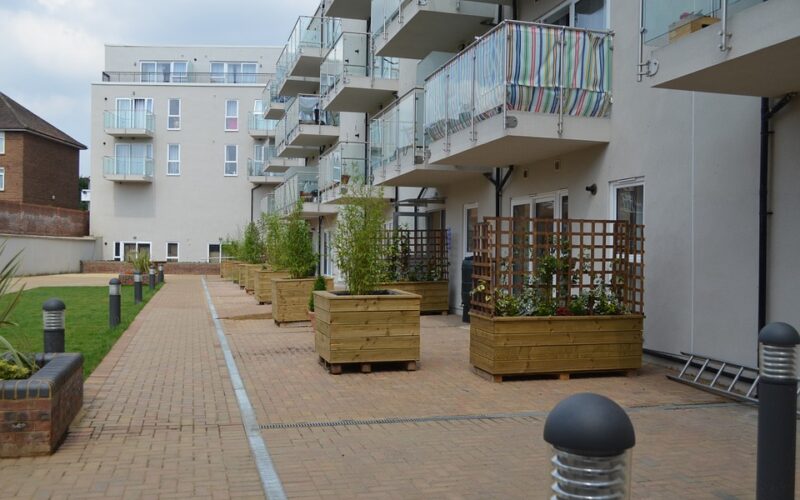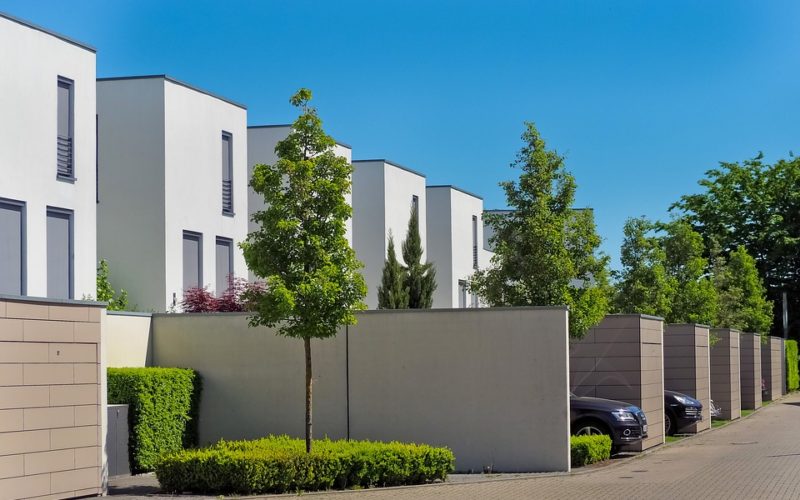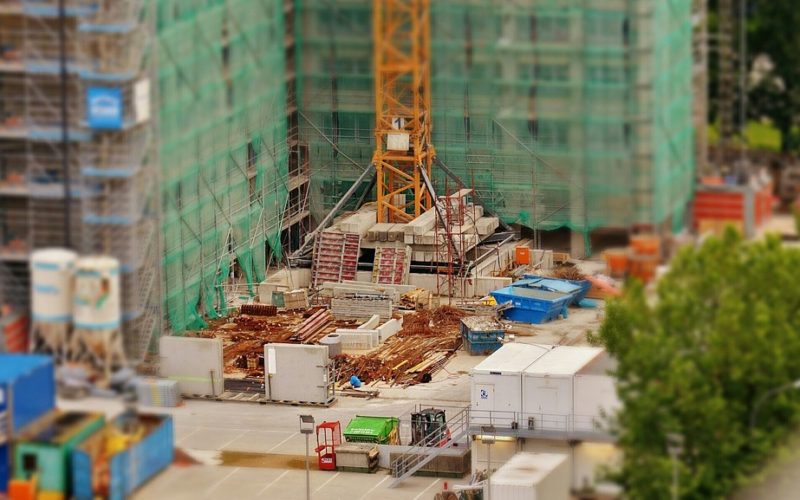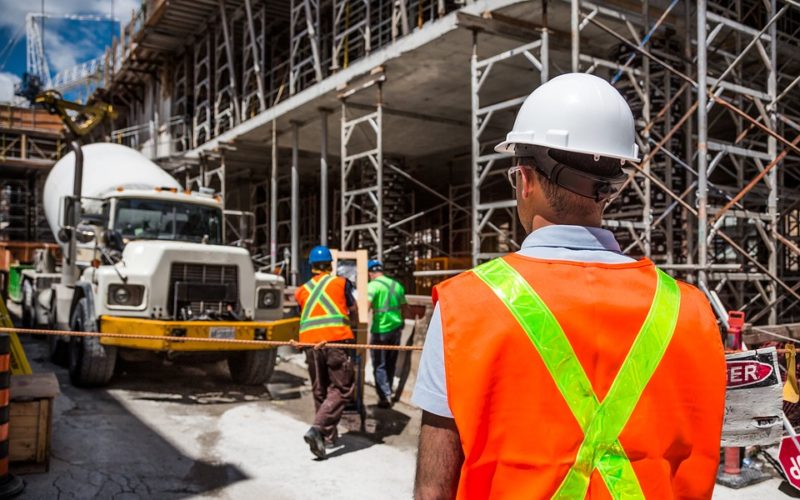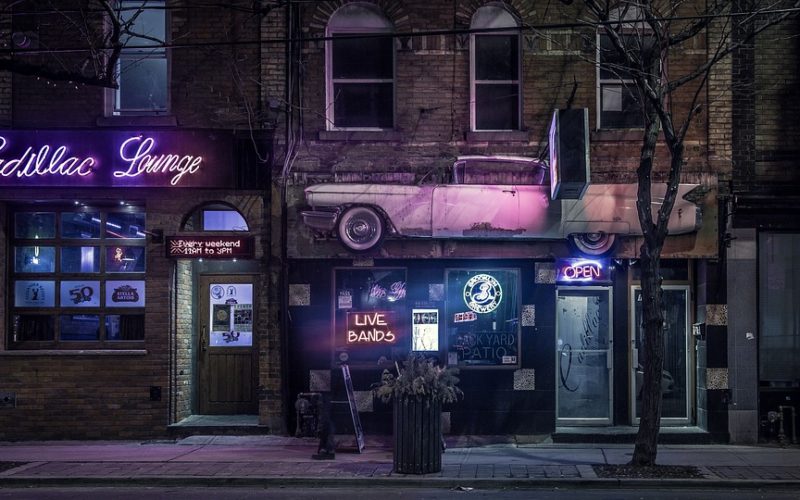Urban developers with experience have often found neighbourhood associations are some of their biggest opponents, and they have learned to negotiate directly with them. They often find their fears are that their own neighbourhood will lose its value and charm. Addressing these concerns can change the project from a complete roadblock into a collaboration. A development company willing to remodel or upgrade older buildings while adding new ones will often find their project has increased value. Combining old and new to satisfy the requirements of those already inhabiting the area can be a boon for everyone involved.
Historic buildings used to be torn down when redevelopment was the plan, and many of them contained a great deal of charm and architectural interest. Some companies today will start off by assessing those buildings for remodelling instead of tearing them down. That can be an excellent way to begin swaying those living in the area. It may satisfy their need to retain part of their history, and it can be a good argument when it comes to obtaining permits from local authorities.
Neighbourhood associations often appear to be against any development, but that is seldom true. They may want new growth in their area, but they do not want to sacrifice the charm that captivated them in the first place. Retaining some older buildings while constructing new ones that fit into the overall style of the area is often what they seek. Modern developers have learned this after years of practice, and they now go into negotiations with that as part of their plan.
Obtaining permits may still take time, and there could be other concerns to overcome. Environmental and economic impacts are now expected to be part of the negotiations with authorities. These are generally a normal part of the hurdles of redevelopment, and making a good case is often done before applying for any permits.
